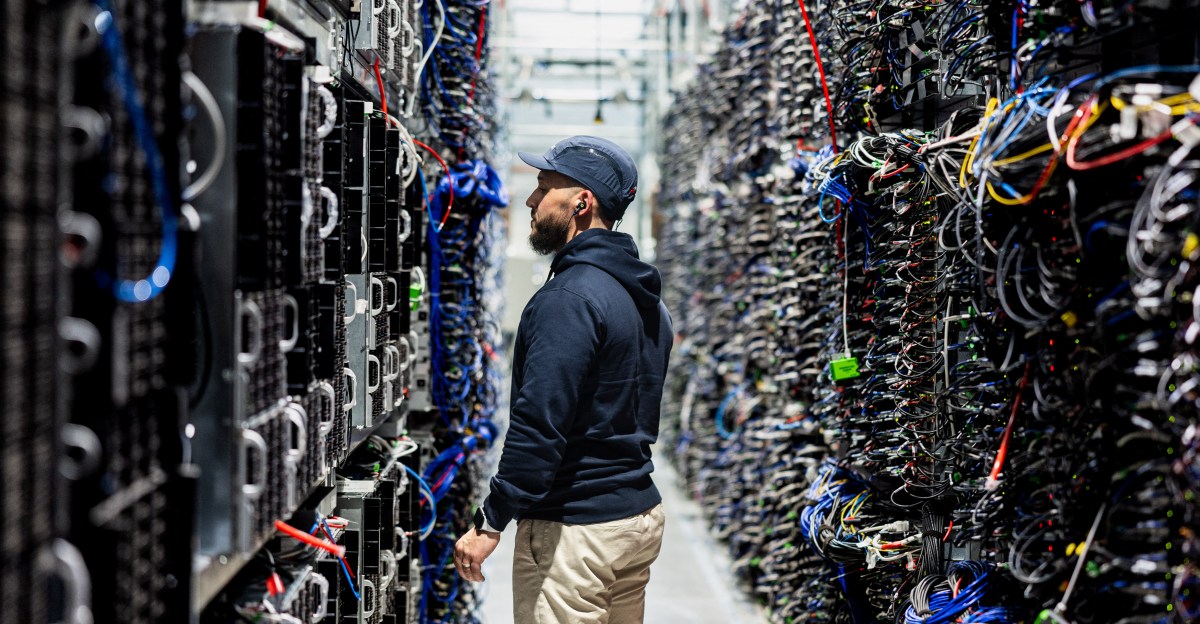Now Reading: Let’s not panic about AI’s energy use just yet
-
01
Let’s not panic about AI’s energy use just yet
Let’s not panic about AI’s energy use just yet

The transistor is the fundamental component of computer processors, with the ability to be extremely small, down to single-digit nanometers. Billions of transistors can be packed onto a computer chip. Despite lacking moving parts, they consume electricity while storing and altering information bits. Timothy Sherwood, a computer science professor at the University of California Santa Barbara, explains that high and low voltages encode ones and zeros. Every computation involves transitions between ones and zeros, utilizing a small amount of energy each time.
The increasing energy demand of data centers, fueled by the growth of artificial intelligence and cryptocurrencies, has raised concerns about its impact on global electricity consumption and climate change goals. Major tech companies are scrambling to secure energy sources with low greenhouse gas emissions. The International Energy Agency predicts a significant rise in data center energy demand by 2030, while McKinsey estimates even more substantial growth.
Although data centers currently account for less than 2% of global electricity demand, their expanding energy needs are prompting a shift toward cleaner energy sources and driving innovation in energy efficiency. The advancement of GPUs is enhancing the efficiency of computers, particularly in AI applications, leading to significant energy savings. Despite these advancements, the increasing affordability of efficient processors may result in higher energy consumption due to expanded usage.
AI technologies also offer environmental benefits by enabling simulations that reduce the need for energy-intensive real-world testing and optimizing electricity distribution. To align AI expansion with climate change mitigation efforts, tech companies must prioritize energy efficiency, reduce carbon emissions in supply chains, and promote the use of clean energy. While AI’s current growth trajectory poses challenges, it has the potential to drive sustainability initiatives when coupled with deliberate actions and strategic planning.





